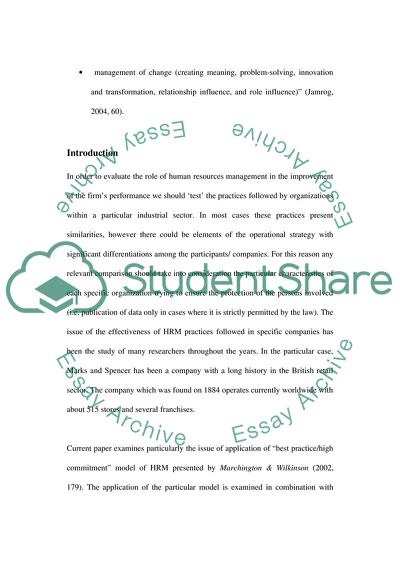Cite this document
(“Human Resource Management Practices Marks and Spencer Case Study”, n.d.)
Human Resource Management Practices Marks and Spencer Case Study. Retrieved from https://studentshare.org/human-resources/1707369-human-resource-management-practices
Human Resource Management Practices Marks and Spencer Case Study. Retrieved from https://studentshare.org/human-resources/1707369-human-resource-management-practices
(Human Resource Management Practices Marks and Spencer Case Study)
Human Resource Management Practices Marks and Spencer Case Study. https://studentshare.org/human-resources/1707369-human-resource-management-practices.
Human Resource Management Practices Marks and Spencer Case Study. https://studentshare.org/human-resources/1707369-human-resource-management-practices.
“Human Resource Management Practices Marks and Spencer Case Study”, n.d. https://studentshare.org/human-resources/1707369-human-resource-management-practices.


